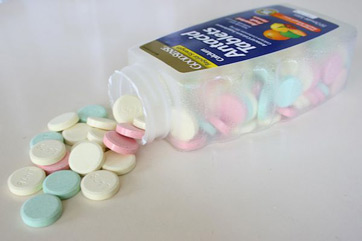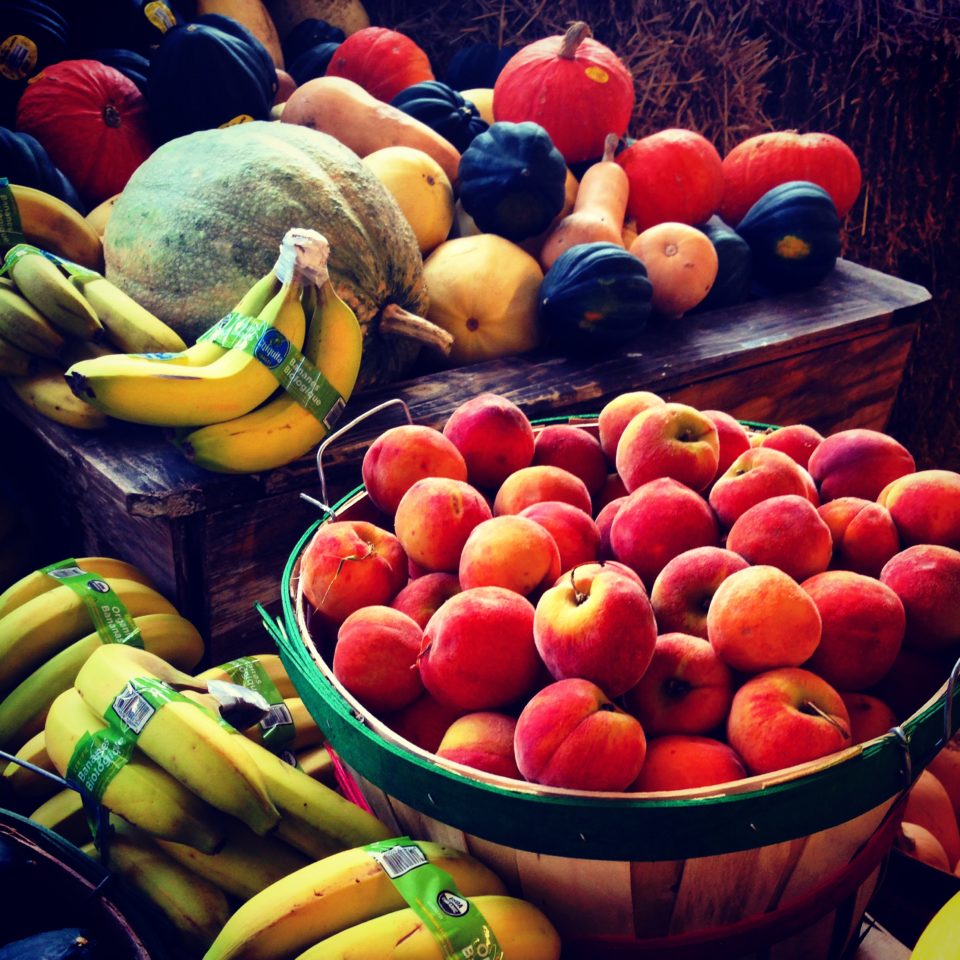When how to neutralize stomach acid up, it irritates the esophagus and supports digestion. The lower esophageal sphincter is a muscular ring at the base of the pharynx that contracts to prevent gastric acid and food from entering the esophagus.
A handful of essential foods might help neutralize acid and relieve symptoms. Try incorporating these food types into your daily diet, while avoiding those that cause dyspepsia.
Bananas
Bananas are low-acid products that aid in relieving reflux and dyspepsia. They're rich in potassium and natural dietary fiber, which strengthen the stomach and esophagus linings. The fruit is also loaded in magnesium, which helps neutralize acid secretion and relieves outward indications of acid reflux. Bananas are a fantastic option for a nutritious breakfast or refreshment because they are simple to metabolize and offer the body with essential nutrients.
Another nutrient-dense substance that may alleviate acid reflux disorder is brown rice. It's rich in fiber, iron, and B vitamins. It is just a healthier replacement for refined carbohydrates, which can increase acid production and induce indigestion.
Cucumber is a low-acid food that can aid in the prevention of acid reflux by hydrating the digestive system. In addition, it really is loaded with vitamin C and potassium, which serve to keep your body's acid-base balance. Cucumbers can be consumed fresh, extracted as juice, or incorporated into salads.
Melons, like avocados, are low-acid foods that can aid in the treatment of acid reflux. Melons such as for example watermelon, cantaloupe, and honeydew are laden with magnesium, which neutralizes acid secretion in the stomach and relieves symptoms of acid reflux.
Oatmeal
The dietary fiber in oatmeal keeps stomach acid from irritating esophageal linings, while the water in oatmeal helps to flush out excess stomach acid. Additionally, the combination of soluble and insoluble fiber can assist you feel satisfied. Check over here will prevent you from overloading, that may aggravate acid reflux disorder symptoms.
Stomach acid is required for proper digestion, but it should remain in the stomach rather than irritate the esophagus. To avoid this, the low esophageal sphincter, a circular ring of muscle at the base of the pharynx, contracts and prevents stomach contents from ascending into the esophagus. Sadly, certain foods cause this contraction and indigestion. It is known that fatty foods such as for example bacon and beef, chocolate, fried foods, and whole milk dairy products contribute to this condition. Additionally, acidic foods and beverages, such as for example citric fruits and juices, tomatoes and tomato products, vinaigrette salad condiments, and pineapple, can aggravate the condition.
If you experience indigestion frequently, it could be an indication of a far more severe condition, such as for example gastroesophageal reflux disease (GERD). In the event that you experience acid reflux a lot more than twice a week, consult a physician. Our digestive specialists can administer many different diagnostic tests and treatments to ease your symptoms.
Icing and Milk
Stomach acid is essential for digestion, but stomach acid that backs up into the esophagus can irritate the esophagus. The low esophageal sphincter is a muscular ring at the base of the pharynx that acts as a valve to prevent gastric acid from entering the esophagus. However, certain foods and behaviors could cause GERD by causing gastric acid to rise into the esophagus and cause chest discomfort and burning.
Try consuming less acidic foods like bananas and oatmeal if you have problems with frequent indigestion. There are also rest from milk, though dairy may aggravate your condition, so adhere to skim or fat-free varieties. Milk functions as a buffer between the acid in your stomach and your distress, so it can provide instant gastritis relief.


You can even add fiber to your diet by consuming green vegetables and other complex carbohydrates, such as brown rice and couscous. Try roasting how to neutralize stomach acid than simmering or steaming them, as this may enhance their flavor and decrease the risk of acid reflux. Herbs that are lower in acid and can enhance flavor can also be put into these dishes. However, you need to avoid acidic salad dressings, because they can aggravate your symptoms further. Avoid acidic fruits like citrus and berries.
Ginger
When gastric acid travels back to the esophagus, it could cause reflux, that is often irritating and painful. By eating alkaline, fiber-rich, and anti-inflammatory foods such as for example bananas, oatmeal, ginger, green vegetables, milk, and water, you can reverse mild acidity. These nutrients are an effective option to over-the-counter medications for acid reflux.
Ginger, a pungent root, is really a natural anti-inflammatory that calms the stomach and alleviates dyspepsia. Additionally, it has comforting effects on the esophagus since it reduces the inflammation that produces reflux. Ginger can be consumed uncooked or steeped in boiling water to create tea. Furthermore, it could be put into soups and stir-fries.
foods that neutralize acid reflux is another natural antacid which can be diluted with water and consumed to assuage acidity rapidly. To avoid dyspepsia, it is suggested to take this liquid in moderation.
So as to mitigate gastric acid, also you can try consuming a little glass of unadulterated coconut water. The mineral potassium in coconut water alters the body's pH from acidic to alkaline, and is particularly known to reduce inflammation induced by gastric acids. Nicotine gum after meals is another natural remedy, since it stimulates the production of saliva, which serves to mitigate gastric acid and stop its contact with the esophagus. To preserve the dentition, however, it is essential to choose sugar-free gum.
